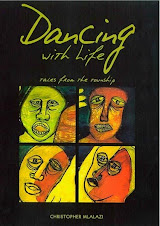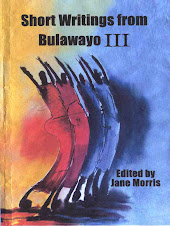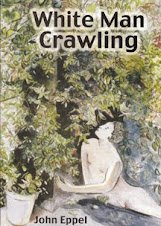
BOOK REVIEW from The Digging Stick (newsletter of the South African Archeological Society), December 2009
Mambo Hills: Historical and Religious Significance
Clarke, Marieke. 2008. Bulawayo. 'amaBooks. Soft cover, 36 pp.
The Mambo Hills north‑east of Bulawayo have long been an important locus in Zimbabwe's history, perhaps rivalled in Matabeleland only by the Matobo Hills. The history of the region has turned upon these ancient granite domes on more than one occasion, yet they have received little attention in both academic and popular writings until fairly recently. This booklet is therefore perhaps the most important document yet published about the history of the hills. Given its scope, it remains a slightly‑flawed but impressive pointer to necessary future work.
If you wanted an archaeological history of this important area, coupled with a discussion of the various challenges encountered by heritage managers, you will have to wait a while longer. Instead, we have a valuable historical discussion of the changing religious and social importance of the area. The booklet begins with a highly compressed archeological history of the site followed by a summary of the principles of the traditional Shona faith, known locally as the Mwari religion. The Mambo Hills were (and are) a major shrine for this religion, which may be why the hills attained an importance out of all proportion to their size and location.
The crux of the book is a discussion of the War of the Red Axe, an event that has been under-represented in the literature of Zimbabwe's first liberation struggle (Umvukela). The irreplaceable role of Mkwati, both as a co‑ordinator and organiser of the fight against settler forces, has until now been downplayed or ignored in most accounts of this crucial historical event, but Clarke does a masterful job of putting him in his rightful place as one of the true heroes of the first struggle for independence. As significantly, Clarke concentrates on the role Mkwati's wife, Tenkela, revealing not just her achievements, but the wider importance of women in the struggle. This is an aspect of the first independence war that cries out for further research.
The later story of the hills is a sad one, as the shrine was isolated when the surrounding area was declared commercial (and thus privately‑owned) farmland. Unfortunately, we do not find much about the hills in more recent times, including the alienation of the shrines, the Bush War of the 1970s, and Gukurahundi (civil war) in the 1980s. The booklet ends with a sign of hope, discussing the revival of traditional ceremonies in independent Zimbabwe. In my opinion, a major flaw is a lack of discussion of the impact of the fast‑track land reform exercise after 2000, which has seen the local communities invade the farms and take back their land in order to 'safeguard it'. This has had a major impact on the archaeology of the country (Chakanyuka 2007) and the booklet could have made a significant contribution.
Paul Hubbard
Reference
Chakanyuka, C. 2007. Heritage, land and ancestors: The challenges of cultural heritage management in the face of the fast track land redistribution programme in Zimbabwe 1999-2006. MA in Heritage Studies, Department of History, University of Zimbabwe.


















.jpg)




















.jpg)




























No comments:
Post a Comment